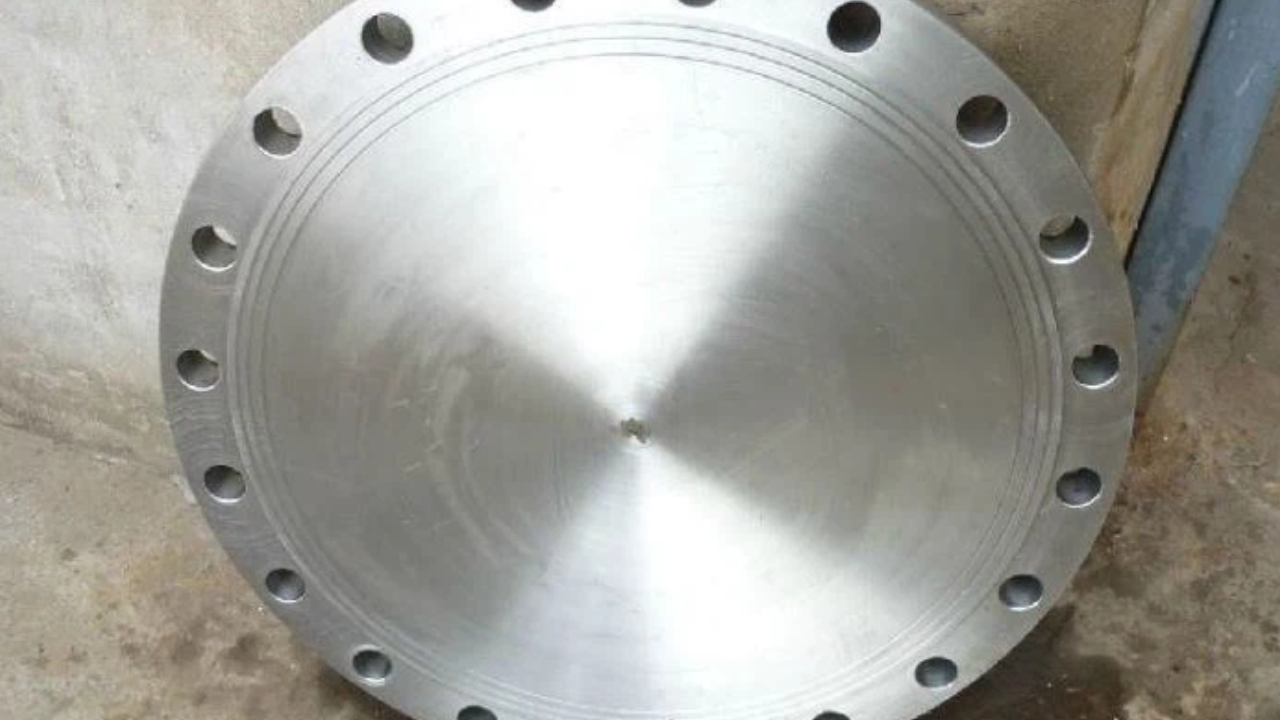Flanges are indispensable components in the world of piping systems, serving as key elements in connecting pipes and ensuring the integrity of fluid transfer processes. The faces of flanges play a crucial role in establishing secure seals and facilitating effective connections.
Furthermore, a Pipe Flanges connection involves utilizing flanges, or inner and outer lip portions, to join two materials together. Force (also known as sealing pressure or gasket compression) needs to be applied and maintained In order for every opposing flange face to create a seal.
The diverse array of flange faces reflects the intricate needs of various industries and applications. Whether prioritizing simplicity with flat face flanges, demanding robust sealing with RTJ flanges, or seeking flexibility with M&F flanges, each type serves a specific purpose.
Different Faces of Flanges for Efficient Connections
Here we will discuss the diverse flange faces, each designed to address specific requirements and challenges in industrial applications.
Raised Face Flanges
Raised face flanges are among the most common types, distinguished by a small raised surface around the flange face. This raised portion provides a concentric sealing surface, promoting easy alignment during assembly. The raised face design is particularly effective in creating reliable seals under moderate pressure conditions. Industries such as petrochemical, oil and gas, and water treatment commonly employ raised face flanges for their versatility and ease of use.
Flat Face Flanges
In contrast to raised face flanges, flat face flanges feature a smooth, flat surface without any raised portions. This design simplifies alignment during installation and is particularly suitable for low-pressure systems. Flat-face flanges find application in industries like water supply and HVAC systems, where ease of installation is a priority. The simplicity of flat face flanges makes them a popular choice for various commercial and industrial settings.
Male and Female (M&F) Flanges
Also known as swivel flanges, male and female flanges consist of a protruding male flange face that fits into a recessed female flange face. This design facilitates easy alignment and ensures a secure seal. M&F flanges are often employed in scenarios requiring frequent disassembly and reassembly, such as maintenance-intensive industries. The swivel nature of these flanges enhances flexibility during installation and maintenance processes.
Ring-Type Joint (RTJ) Flanges
Ring-type joint flanges are renowned for their exceptional sealing capabilities, making them ideal for high-pressure and high-temperature applications. These flanges incorporate a groove into which a metal ring gasket is placed. As the flanges are tightened, the ring is compressed, creating a robust seal. RTJ flanges are commonly used in demanding environments such as offshore drilling, chemical processing, and power generation, where reliable sealing is critical.
Tongue and Groove Flanges
Tongue and groove flanges feature a raised tongue on one flange that fits into a matching groove on the other. This design enhances alignment and prevents lateral movement during assembly. Tongue and groove flanges are particularly useful in applications where axial and radial forces may be present, such as pipelines subjected to thermal expansion and contraction. The interlocking nature of the tongue and groove design ensures a secure connection.
Concentric and Eccentric Flanges
Concentric and eccentric flanges are characterized by their off-center openings. In concentric flanges, the bore and the bolt circle are aligned at the center, while in eccentric flanges, the bore is intentionally offset from the bolt circle. These flanges are used in applications where fluid flow control or alignment adjustments are necessary. Eccentric flanges are often employed in pipelines to avoid potential interference with surrounding structures.
Summary
A flange connection is an assembly made up of two pieces of machinery, pipes, fittings, flange mats, bolts, and two flanges. To secure the connection, various kinds of washers are also used with the flange connection. Flanges are frequently bolted with a gasket between the flange faces to create a tight seal and guarantee they stay in place. A disc spring is one kind of gasket that is frequently used for this sealing.


